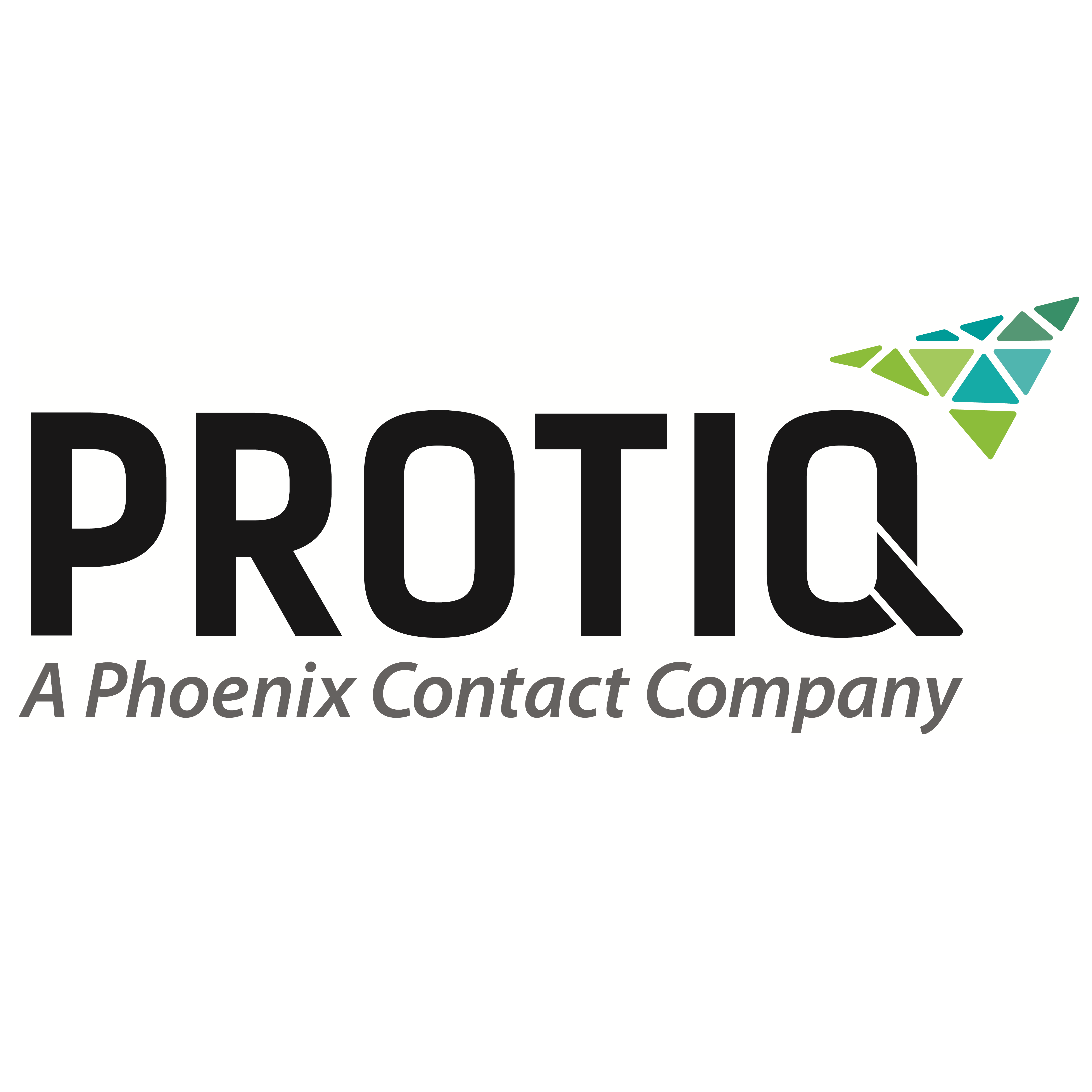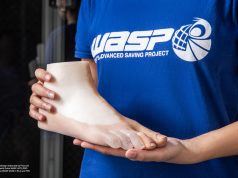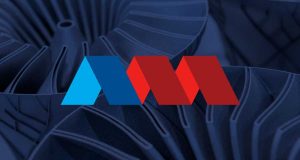More efficient and economic injection mold tools thanks to topology optimization, CFD simulation and 3D printing
Toolmaking is usually characterized by cost-intensive, custom-made, single-unit production. Lately European and American manufacturers have experienced increased pricing pressure, caused by growing competition from Asian countries. These competitors increasingly dominate the market, at least for standard tools. As a result, the European and American tooling industry has turned to innovative and high-quality solutions, offering its customers higher productivity and dramatically lower costs per part compared to standard solutions.
One of the most important parameters for higher productivity is the cycle time, which can be optimized through conformal tempering. In addition to a reduced cycle time this optimization results in a reduced thermal deformation, leading to improved part quality. The shorter the cycle time, the more components can be manufactured in the same period, significantly increasing the facility’s overall productivity and economic viability.
Injection molds from the 3D printer
To create innovative tools, the industry increasingly relies on new manufacturing methods such as 3D printing (or additive manufacturing). The usual restrictions of additive manufacturing, such as limited part quantities, are not a major factor in single part production. Furthermore, the design freedom in 3D printing is virtually unlimited. When leveraging simulation and numerical optimization to consider structural, thermal, and manufacturing aspects for the design of an injection mold, highly efficient tools can be produced in a short time.
Phoenix Contact started to evaluate these methods in 2009, initially using a polyjet printer and later adopting laser-sintering (plastic) and laser melting (metal) solutions. The company’s business unit, Rapid Solutions, delivered fast toolmaking solutions and prototypes. Thanks to additive manufacturing and related short machine setup times, product ideas coming directly from the CAD system could often be realized within the next day and delivered to the customer right away.
This approach turned out to be very successful, and strong demands for these solutions led to the purchase of new facilities. At the end of 2016, the business unit Rapid Solutions was spun off into a separate enterprise within Phoenix Contact, named PROTIQ GmbH.
One-click order for additively manufactured parts
PROTIQ soon realized the high demand for individual tools made of different materials and decided to offer its solutions globally. Via the PROTIQ-platform (www.protiq.com) customers are able to upload their digital 3D data, calculate the price online, and have the final component delivered in no time.
However, the company offers more than just the production of 3D printed parts. To fully benefit from the advantages of additive manufacturing, PROTIQ also leverages topology optimization and simulation to design the tools. Based on load case descriptions and other boundary conditions, such as desired internal channels, engineers are able to determine the optimal structure of the component prior to production. This approach ensures that only the necessary amount of material is used. The final part is much lighter than previously possible, leading to lower production costs as well as improved handling of the injection mold in operation.
“We use OptiStruct, an Altair software solution, for topology optimization”, said Ralf Gärtner, Unit Leader at Phoenix Contact and Managing Director of PROTIQ GmbH. “With this solution we were able to build injection molds which weigh only 25 percent of the original part. This means we saved 75 percent of weight on each tool.”
“In addition, the new tool was faster than all tools we built so far,” Gärtner continued. “We significantly reduced the cycle time by including conformal tempering and also the lead time to create the tools was reduced by 25 percent. This was mainly due to the 3D printing process which allowed us to integrate many functions within the tool, easing and speeding up the formally manual assembly process.”
The pilot project – optimizing an injection mold
To realize the first project, PROTIQ turned to Altair’s consulting unit ProductDesign. The Altair ProductDesign team supported PROTIQ during the entire simulation process and contributed to the development of the first prototype.
In the first step, PROTIQ handed the geometry of the available design space over to Altair ProductDesign. Following that, load cases and boundary conditions were defined in close consultation between the teams of both companies. Based on these requirements, the Altair’s engineers created the optimization model in HyperMesh, the integrated pre-processor of Altair’s HyperWorks suite. Subsequently, the model was used to conduct a topology optimization with OptiStruct, Altair’s FE solver and optimization tool. The optimization result was refined and prepared for 3D printing with solidThinking Evolve.
To validate the optimization result, the engineers used OptiStruct again and conducted additional FE analyses of the optimized structure. In parallel, the Altair ProductDesign also simulated the tempering of the injection mold with AcuSolve, the CFD tool of the software suite. By doing this they were able to determine the cooling behavior of the product to be manufactured as well the needed cycle time.
Lighter, better, faster!
The result of the work was an injection mold which was 75 percent lighter than the original tool created a couple of years ago with traditional methods. Conformal tempering was integrated into the 3D printing process which led to a dramatically reduced cycle time. The lead time for the manufacturing of the injection mold was also reduced by 25 percent since the engineers were able to integrate functions already in the 3D printing process. This reduced the final manual assembly time of the tool further. Thanks to shorter manufacturing lead time, production costs of the injection mold were also significantly lower.
Based on these results, PROTIQ adopted the Altair HyperWorks suite for their in-house development team and now offers all required services from one source, via the PROTIQ-platform www.protiq.com.
Subscribe to our Newsletter
3DPResso is a weekly newsletter that links to the most exciting global stories from the 3D printing and additive manufacturing industry.























